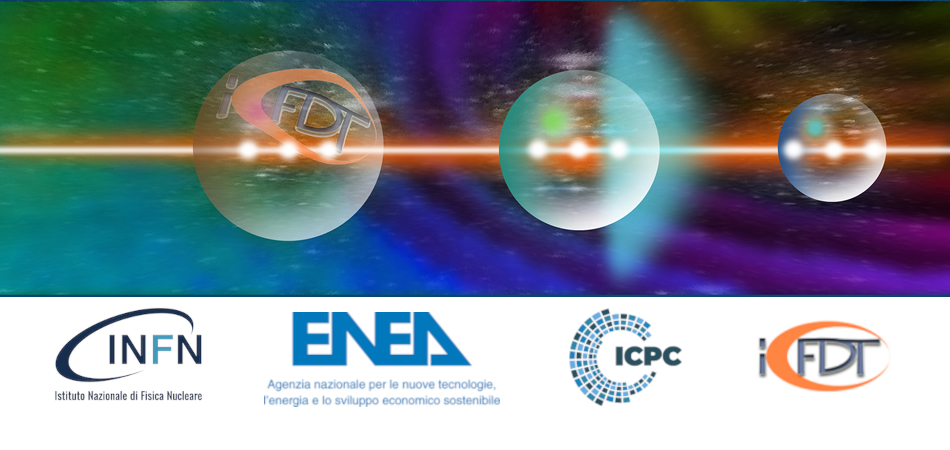Electromagnetic Radiation, in a wide range of frequencies, from microwaves to X-rays, is a useful tool for non-destructive analysis of Cultural Heritage. In this tutorial the main principles of the interaction between radiation and matter, and their application in the field of cultural Heritage will be presented. Starting from X-ray radiography, X-ray fluorescence, to Lased Induced Breakdown...
The SINBAD-IR beamline at the INFN-Frascati National Laboratories, uses the synchrotron radiation produced by the DAΦNE electron ring, and conventional IR sources, for spectroscopy and imaging experiments targeting materials’ characterization across the infrared spectral range, from THz to NIR [1].
In the Cultural Heritage field, FT-IR spectroscopy is often used to study the spectral response...
At present the advent of ultrahigh precision measurements (<0.3% of relative uncertainty) in ^14^C relative abundances has drastically improved the quality of produced data. Such performance improvement projects its benefits (high sensitivity) over chronological data and/or sequences some-time highlighting the necessity to review usually applied assumptions for dating due to first order like...
Innovative technologies play a crucial role in the protection and conservation of cultural heritage against anthropogenic risks and climate change. In particular, multi-analytical approach offers comprehensive surveillance capabilities, identifying potential threats and damages [1]. In this sense, a multi-sensor scanning system able to acquire spectroscopic images using different techniques...
In recent years, the development of synchrotron radiation (SR) sources has resulted in the creation of beamlines tailored for studying cultural heritage materials. These beamlines often require specialized setups, specific spatial resolutions, and precise detection limits. In cultural heritage research, integrated approaches that combine multiple techniques are often essential. Some beamlines...
A damage diagnostic method based on the use of artificial intelligence (AI) was pointed out for the analysis of displacement data recorded in shaking table tests of a prototype representing a typical Central Italy historic masonry building. The displacements were measured by the use of a 3D motion capture system capable of tracking the motion of passive optical markers located at several...
The assessment of the state of damage of modern or ancient buildings is extremely important in the engineering practice. Today, the focus is on the use of non-destructive methods, among which video-based diagnostics may play a major role because of many advantages with respect to contact and traditional methods, especially in the application to Cultural Heritage assets. An emergent methodology...

